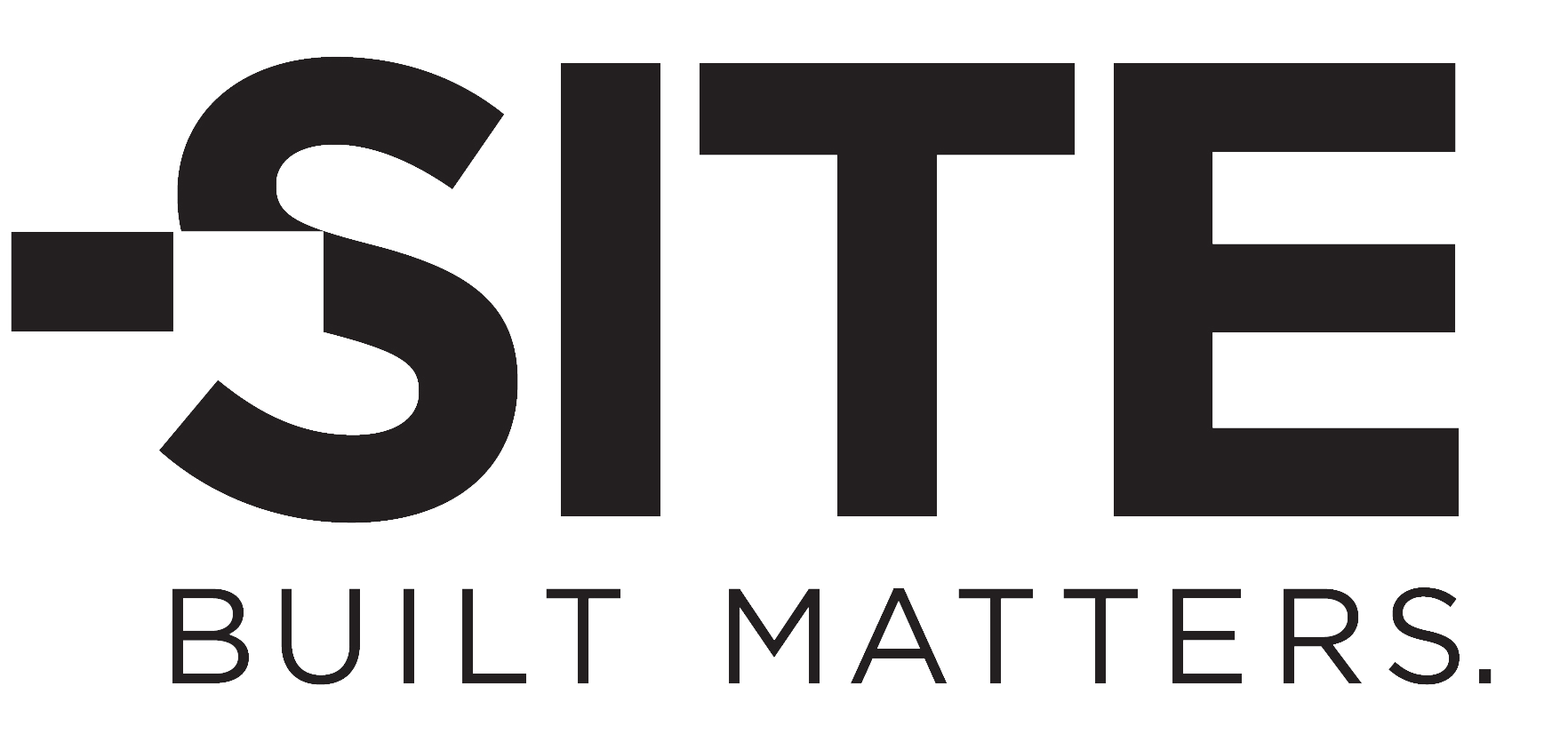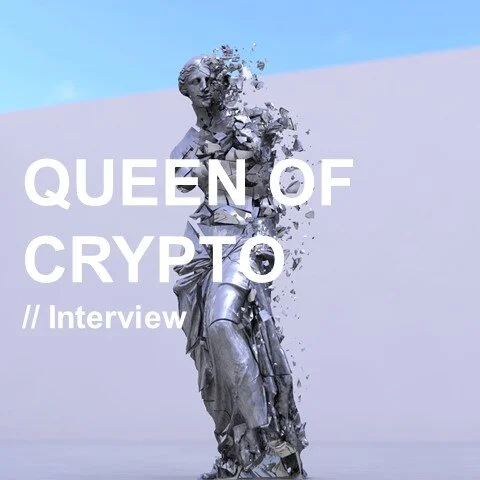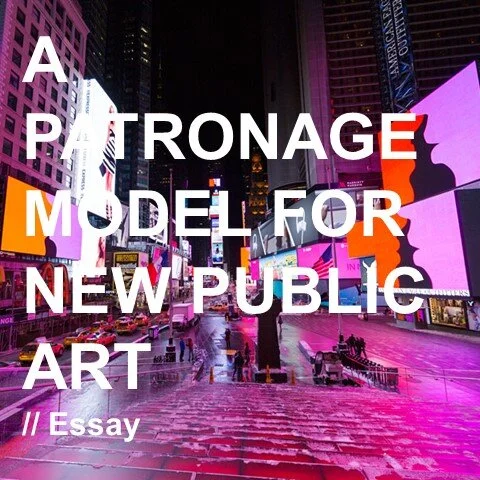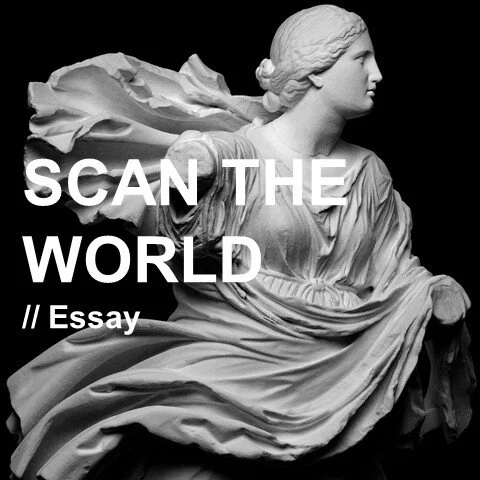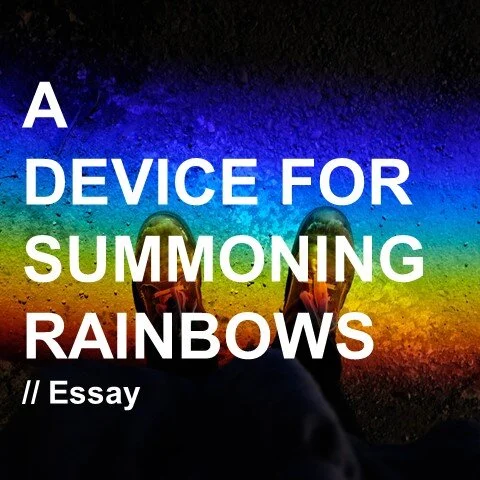A DIGITAL DESIGN EXPERIMENT
// -SITE-NFT-S
is a digital design experiment. It is the first project to bring architecture and design into the space of digital collectables, creating NFTs in collaboration with the world’s most exciting architects and emerging designers. To learn more about the project click on the drop down’s below:
- Democratizing Design
Since it’s inception in 2015, The Site Collective has served as a platform for the next generation of interdisciplinary designers whose work focuses on the built environment. Through the semi-annual publication of The Site Magazine as well as the production of zines, pamphlets, webcasts, competitions, and exhibitions, The Site Collective connects designers with new audiences, ensuring representation and access.
As NFTs sweep through the art world, they are promising democratization for both artists and collectors, championing new forms of artistic production, and interconnecting artistic output with capital in ways never before seen. -SITE-NFT-S is a critical experiment that will produce limited edition NFT collectibles based on the design work of the most promising young architects and designers today. Each piece will be the first NFT for the designer who created it and will be representative of their already impressive body of work.
Each piece, and the project overall, will also ask critical questions related to the digital production, dissemination, and collection of design; participating critically in these early days of NFTs to and enduring relevance within the space for digital assets and collectibles. -SITE-NFT-S will be some of the first NFTs produced by architects and designers, and will offer a unique subset of collectibles within a space dominated by digital artists.
- Understanding NFTs
To understand NFTs (Non-Fungible Tokens) and reconcile their growing popularity, one must first make sense of two concepts: tokenization and fungibility. With the advent of the blockchain in 2009, the world was introduced to a decentralized ledger that allowed individuals to claim ownership of and directly transact digital assets. The most well known example of a digital asset is bitcoin, but in the past decade several types of assets have been brought onto the blockchain by means of tokenization. Tokenizing a currency, a contract, a title or deed, simply means that the asset has been represented and can be exchanged on the blockchain. The most common digital assets to date, like cryptocurrencies, are fungible — owning one bitcoin is no different from owning any other bitcoin. When assets are not interchangeable, like artwork or real estate, they are said to be non-fungible.
Interaction with non-fungible digital assets on the internet is fairly common: domain names, event tickets, in-game items, and even social media handles are all examples of non-fungible digital assets, but it can be difficult to claim ownership of them in the physical sense. NFTs intend to prove ownership and allow for tradability, interoperability, liquidity of unique digital assets. Most NFTs are produced with smart contracts on the Ethereum blockchain that use what is known as the ERC721 standard. But in all standards used to create NFTs, metadata that references the NFT owner’s wallet is included so that ownership is indisputable.
- Accessing NFTs
CryptoKitties, CryptoPunks, and more recently NBA TopShots are the most popular examples of NFT collectibles currently being issued. However, there are a growing number of open platforms that allow individual artists and amateur collectors to create, interact, and purchase NFTs. The Site Collective has chosen to use to use Foundation to create and auction its NFTs. Foundation is a leader in the NFT space, bringing together contemporary artists using traditional mediums and digital artists on an exclusive platform.
To be a creator on Foundation, you must be invited by an artist already on the platform — which include the likes of MIA and Edward Snowden. Artist controlled access ensures a community of creators that prioritize artistic integrity and quality. It is important to The Site Collective that our designers are well represented and participating in a critically engaged marketplace.
- Critical Questions
Each NFT produced as part of the -SITE-NFT-S project will be unique and representative of the designer’s body of work. However, each NFT will also pose critical questions about its own existence. These critical questions can be explored in the artist bio’s and NFT descriptions as well as in the essays and interviews collected on this page. Throughout the duration of this project, The Site Collective and the designers we collaborate with will focus on the following questions:
Design and Capital
It should be no surprise that NFTs follow a wave of newly made DeFi and cryptocurrency millionaires. Since the Medici’s generous patronage and encouragement during the High Renaissance, the production of art has been closely linked with the provision of capital. But, it has also been linked with deviant financial practices: market making was common amongst modern artists and contemporary art collection has overlapped with money laundering and tax evasion. But, never before has the basis for the production of art been a network intended for currency. Are NFTs revolutionizing the art world and dated forms of patronage? Or, is the crypto class being taken for a ride as the latest generation of the nouveau riche?
Building Algorithms
CryptoPunks are seen as some of the most valuable NFTs because the generative algorithms behind them produce a unique set of traits that make each character both random and rare. The artists behind CryptoPunks are seen as having a critical project because they have challenged the generative nature of the ERC271 standard. In a sense, the output doesn’t matter nearly as much as the mechanism for of production. So then, do technological mediators that situate themselves between a designer and their output always benefit the creative process and design? And is the increased value of the output a given?
Who owns the Future?
“Paper Architecture” is a term often used for utopian, dystopian, or fantastical design projects that have no intention of being built. Although their work remains unbuilt, "paper architects" play a role in driving progress. In the 1980s, a group of young designers in the Soviet Union produced paper architecture as a way of bypassing restrictions and dissenting at a time when avant-garde designers could be forced into exile. Speculative projects and utopian visions are often a form of protest or activism and can be catalytic for a better future. The drawings of 20th century radical collectives such as Archigram have become quite valuable as collectables in traditional art circles, but only decades after their production. Which begs the questions: can anyone really own a vision of the future before that future has arrived? And, if such a vision is sold immediately upon creation, did it ever really exist?
At what Cost?
Technology that promises a bright new future will still come with implications. The pioneers of cyberspace in the 1980’s promised a place free from tyranny, where true democracy could prevail. Although indisputably valuable for society, the widespread adoption of the internet has also brought about new levels of oppressive capitalism and censorship, as well as threats to democracy. Cyberspace provides a template for considering the implications of blockchain technology as it relates to creative production: Are NFTs exacerbating the excessive emissions associated with proof-of-work protocols used by public blockchains? Are these new digital production methods alienating female artists and designers or those from other communities? Will digital collectibles contribute to a contemporary canon or become just another means of conspicuous consumption?
THE NFTs
// AVAILABLE NOW
Each of our NFTs are created in collaboration between The Site Collective and independent designers within our community, many of which who have published and exhibited with us in the past. Each NFT is the first to be produced by its designer, is representative of their existing body of work, and will become a valuable first artifact in their catalogue of digital art. The proceeds will go directly to the designer and help to support the independent publishing activities of The Site Collective. All NFTs are sold exclusively on Foundation.
For more information on each NFT, click on the images below:
NFT No_________1
Title____________Raw Materials
Designer________Sean Trayner
Project Type_____Animation
Status__________Listed May 11, 2021
ESSAYS + INTERVIEWS
// Critical Perspectives from Designers
Explore the -SITE-NFT-S critical questions through essays and interviews published by designers from our community. Topics discussed include ownership, digital artifact production, speculative design, access and democratization in art, and new forms of digital culture.
// Unus Safardiar
The acclaimed sculptor explains his foray into NFTs and digital art & collectables.
